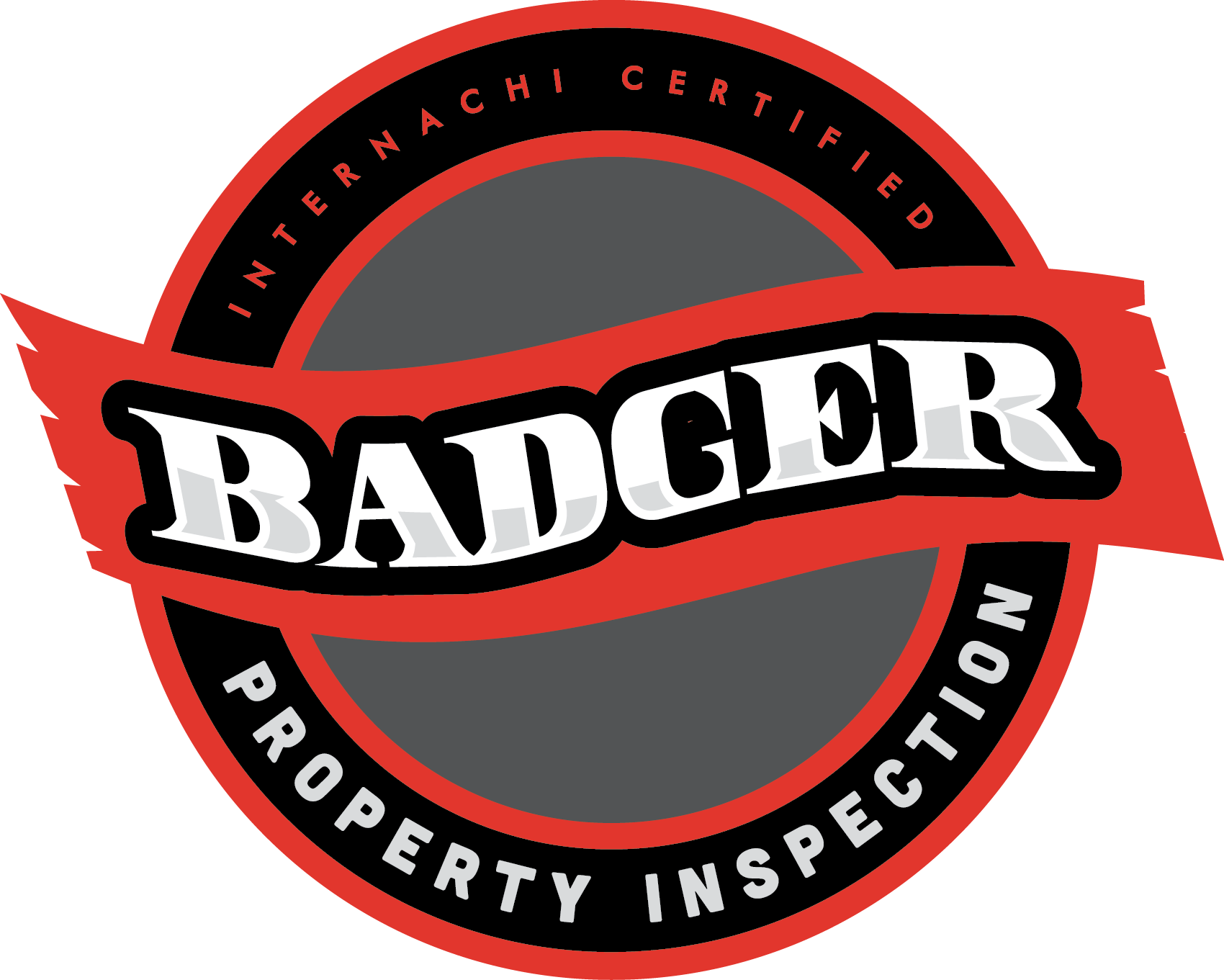Few things cause immediate panic quite like a plumbing problem. The sound of a persistent drip or the sight of a slow drain could ruin your day and make you immediately reach for a plumber’s number. But before you call in the professionals, know that many common plumbing issues are surprisingly easy to fix yourself. By arming yourself with a few basic tools and a bit of confidence, you will save money, prevent water waste, and take control of your home’s most important systems.
Conquering the Clog: The Most Common Plumbing Issues
A clogged drain is arguably the most frequent and frustrating of all common plumbing issues. Luckily, you have a few powerful tools at your disposal before resorting to harsh chemicals that could damage your pipes. Start with the basics: a plunger. Ensure you’re using the right type: a cup plunger for sinks and tubs, and a flange plunger (the kind with the fold-out cup) for toilets. Plunge with confidence, creating a strong seal and using sharp, swift pushes to dislodge the obstruction.
If plunging fails, move to a drain snake, or auger. This simple, flexible tool could be carefully fed down the drain to snag hairballs or break up grease buildup. Unlike chemical cleaners, which are corrosive, using a mechanical tool or even a mixture of baking soda and vinegar (followed by hot water) is a safe and effective way to clear many common plumbing issues involving drainage.
Fixing the Faucet: Silence That Annoying Drip
A dripping faucet is more than just an irritation; it could waste hundreds of gallons of water over the course of a year. Fixing this common issue is often a straightforward task involving a washer or a cartridge replacement.
First, turn off the water supply, usually using the shut-off valves located directly underneath the sink. Next, carefully disassemble the faucet handle, exposing the inner workings. For older compression faucets, the drip is usually caused by a worn-out rubber washer that needs to be replaced. For modern cartridge faucets, you’ll need to remove the cylindrical cartridge unit and replace it with a new one that matches your faucet model. Always inspect all gaskets and O-rings while the faucet is apart, replacing any that appear worn or cracked. Reassembling the faucet is as simple as reversing the disassembly steps, leaving you with a silent, leak-free fixture.
Toilet Troubles: Solving Running and Leaking Common Plumbing Issues
A toilet that runs constantly wastes a tremendous amount of water and often signals a simple problem inside the tank. Lift the tank lid and check the internal mechanics. Nine times out of ten, the problem is either a faulty flapper or an improperly adjusted fill valve. The flapper is the rubber stopper at the bottom of the tank. If it’s warped or deteriorated, it won’t seal properly, causing water to constantly leak into the bowl. A new flapper is cheap and easy to install.
If the flapper is fine, check the fill valve. If the water level is too high, it spills directly into the overflow tube. Simply adjust the height of the float arm or the fill tube (depending on your toilet type) so that the water stops filling about an inch below the top of the overflow tube. By addressing these simple components, you will eliminate this water-wastingissue and restore peace to your bathroom.
Badger Property Inspection provides home inspections for Southeastern Wisconsin. Contact us today to schedule your services.

